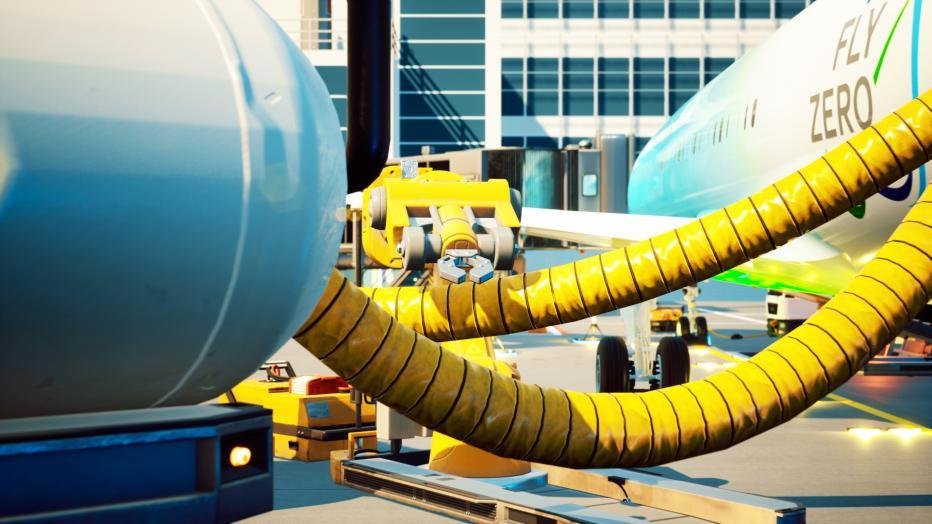Airports must get hydrogen-ready before arrival of hydrogen planes
A new report from consultant Jacobs says airport owners and operators need to start planning for the delivery and storage of hydrogen if they are to be ready for the arrival of hydrogen-powered aircraft expected in the early to mid-2030s.
Airports as catalysts for decarbonisation stresses that due to the length of time it takes to plan, design, consult and implement new airport infrastructure, airports must make provisions ahead of the first commercially available hydrogen-powered aircraft.
The roadmap, says Jacobs, provides airports with steps which can be incrementally implemented to ensure hydrogen-powered flights are able to take off as soon as aircraft are available. It recommends that airports start with providing airside hydrogen gas storage and refuelling stations in time for the first flights, before developing more advanced liquid hydrogen storage and gas pipelines for fuelling planes by the early 2050s.
Furthermore, says Jacobs, hydrogen will be able to provide power beyond the planes and airport infrastructure. It suggests hydrogen gas blending could power heating in terminals by the mid-2040s eventually moving to 100% hydrogen gas heating in the 2050s. And if an airport can produce hydrogen through electrolysis on-site, it could become an energy hub for its local community. This would provide businesses, public services and homes with carbon neutral power, generating social value.
“Early adoption of fuelling infrastructure is critical to the implementation and success of hydrogen-fuelled aircraft,” says Jacobs Global Solutions Director for Aviation Andrew Gibson. “Hydrogen has the potential to be the core component for the decarbonisation of aviation. Airport operators and owners must build partnerships with local businesses and other transport operators to initiate the use of hydrogen in the immediate term.”
Emissions generated from flights account for most of an airport’s climate impact. Around 80% of global aviation sector emissions come from flights longer than 1,500 km. It’s estimated that the use of hydrogen powered aircraft could reduce the climate impact of flights by 50-75%.

